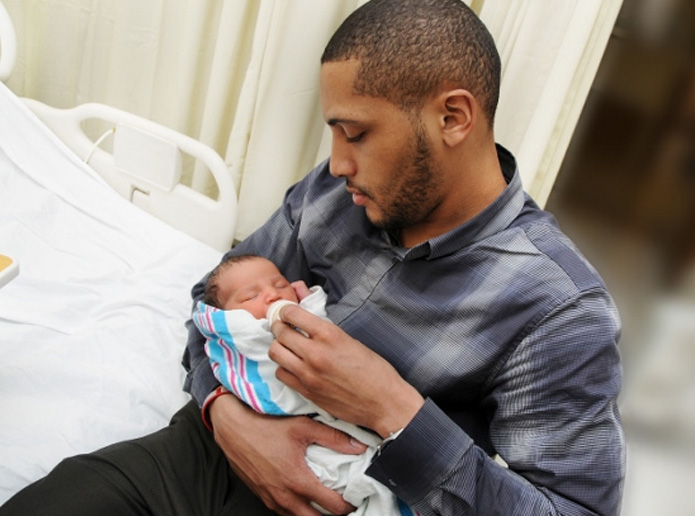There are many reasons why mothers may want to express their breast milk.
Common reasons for expressing breast milk
- Their baby may be sick or premature and unable to suckle.
- The mother’s breasts feel uncomfortably full.
- The baby is with dad while mum takes a break.
- The milk supply may need to be increased.
- The mother and baby may be temporarily separated.
Milk can be expressed by hand, by using a hand pump or an electric pump. If you have a premature baby or anticipate that you might need to express regularly you might want to consider an electric pump. Electric pumps are available for hire from the Australian Breastfeeding Association, some pharmacies and hospitals.
It can take time to express and it does require you to be relaxed, so don’t be in a hurry!
Things to consider
It helps to express in a comfortable, relaxed and private place, free of distractions – including the telephone. Keep a glass of water nearby, and have all your expressing equipment ready. Some women find that just thinking about breastfeeding their baby – or looking at a baby photo – is enough to stimulate the milk ‘letdown’.
Breast milk is sterile when it comes from the breast and expressed breast milk is actually safer to use than prepared infant formula. Very little special handling is required for use by healthy, full-term babies. However, if your baby is hospitalized because of illness or prematurity, it is best to check for any particular instructions with their care staff.
Expressing breast milk safely
- Thoroughly clean all equipment used such as pumps, bottles, teats and containers with hot soapy water. Rinse with hot water and leave to air dry before storing in a clean, air-tight container. Pump equipment can be stored in the fridge and washed every 24 hours.
- Expressed breast milk can be conveniently stored in the refrigerator or freezer.
- Use glass or special breast milk bags that are sealable and made from plastic that will not leach into the milk. You can buy these from pharmacies or the Australian Breastfeeding Association.
- Freshly expressed milk should be chilled in the refrigerator before being added to frozen breast milk in the freezer.
- Wash hands with soap and water before handling breast milk.
- Don’t leave expressed breast milk at room temperature for more than a few hours.
- Refrigerated expressed breast milk must be used within three to five days and should be placed at the back of the fridge where it is coldest.
- Seal all containers in the fridge and freezer well and label with a date.
- Freeze expressed breast milk that you know will not be used within two days.
- When using frozen breast milk, use the oldest milk first.
- Allow frozen breast milk to thaw in the refrigerator – not at room temperature.
- It can then be stored for up to 24 hours before use. Do not refreeze it.
- Breast milk from the fridge or freezer that has been heated in warm water should be used straight away. If your baby does not finish all of the milk, make sure the remaining milk is thrown away.
The type of refrigerator you have can change freezing recommendations. If your fridge has only one door and contains a freezer compartment inside, breast milk can be frozen for two weeks. If your refrigerator has a separate door for the freezer section, it can be frozen for three months.
Breast milk can be stored for between 6 and 12 months in a deep freezer.
Thawed breast milk separates and needs to be shaken or mixed well.
Each person differs in the amount they can express, some mothers find it difficult, even with a good milk supply and a thriving baby.
Your overall milk production should not be judged by the amount of milk you can express. A baby’s technique of extracting milk is highly developed and your child will always get more milk than you can express yourself.
Want to know more?
Raising Childrens Network – Expressing and storing Breast milk
Australian Breastfeeding Association – Breastfeeding information





